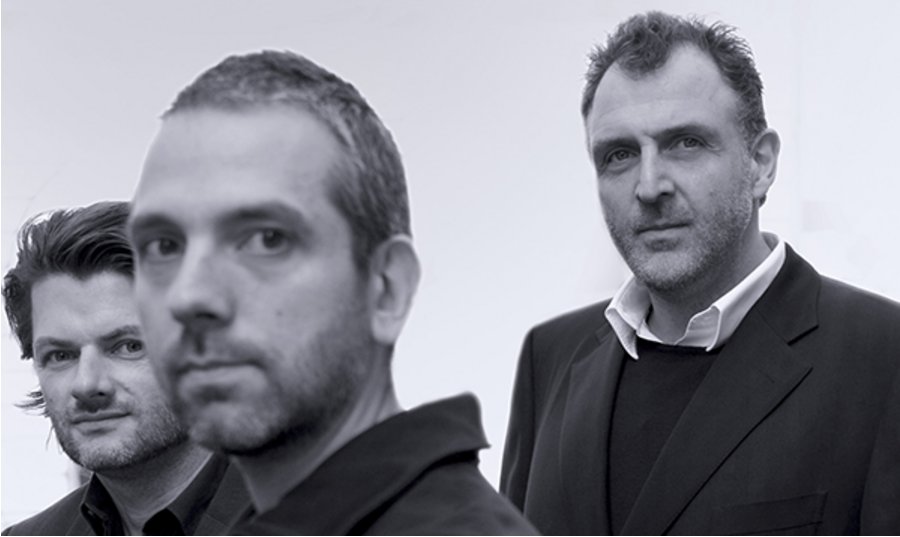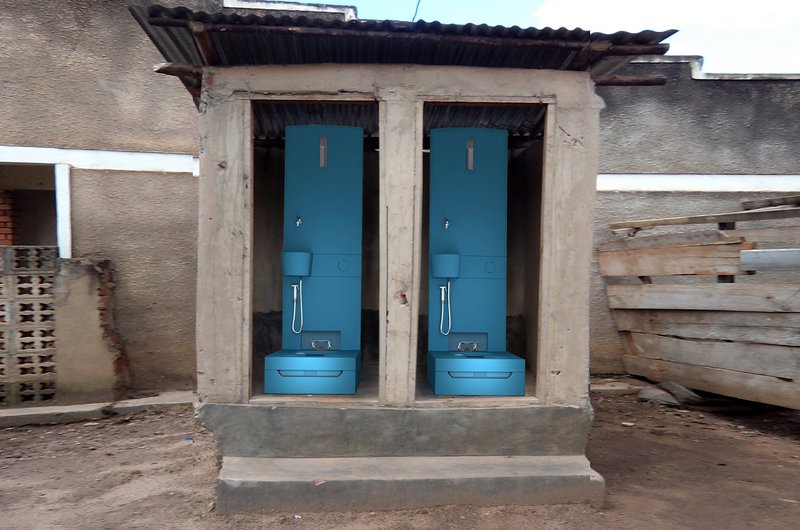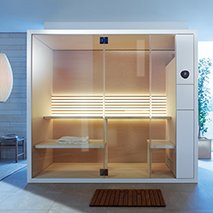Whilst this kind of categorisation obviously doesn't do justice to any of them, it is precisely these differences that constitute the strength of the Viennese trio. Each of them has his special qualities – and if one of the three Austrians gets too theoretical or poetic, the other two bring him back down to earth again. And that's how it's been for the last 20 years.
EOOS is active in the fields of furniture, product and shop design. For the Viennese trio, design is a poetic discipline and a cultural service to society. With their "EOOS basic research", they explore rituals, myths and intuitive images in the course of what they call a "poetic analysis". And even though this "poetic designing" might have taken a little bit of getting used to at the beginning, it is an attitude that runs through all their work like a connecting thread.
At the invitation of the Bill & Melinda Gates Foundation, EOOS – in collaboration with ETH Zurich's aquatic research institute Eawag – presented a revolutionary new sanitation concept: the "diversion toilet". In competition with eight teams from all over the world, EOOS and Eawag were honoured with a Special Recognition Award and prize money of $ 40,000 for outstanding design. The project is currently being taken further. "We're more than happy to share our knowledge in this field," explains communicator Bergmann, hinting that the plans and technologies can be taken up and modified by other designers and scientists along the lines of an open source project.
EOOS also creates furniture ranges, pools, bathtubs and saunas for Black Forest-based bathroom specialist Duravit. All of their products tell a story: a stone that plays an important role in operating a sauna, or a special experience in a floating tub. EOOS has also been committed to green design right from the start. "It will be extremely difficult for designers to change the system on their own," explains Harald Gründl, the intellectual. "To start with, the sanitaryware manufacturers obviously need to realise how serious the situation is too – and dream up new products in collaboration with designers and engineers. We all have to change the way we think. It's nothing new for designers to have to moderate complex production processes – they've done that in the past. But in future, it will be even more challenging. It will be almost impossible for one individual to know everything it takes to design more sustainable sanitaryware."
www.eoos.com


